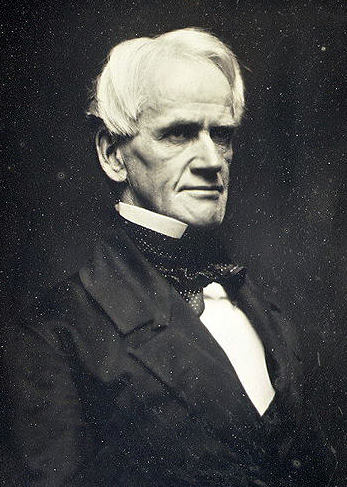Modern-day schools are all about organization, curriculum, and a fixed style of conduct. But it was not always the same. A series of events and multiple years made the American education system become what it is today!
The American Education System Before Public School
The schooling system was quite haphazard in the early years, and children were excluded from the educational curriculum based on gender and their parent’s income, race, ethnicity, and geographical location.

For those who did get the chance to get educated, the arrangement was like
- Homeschooling or private tutoring
- Local schools run by parents within their locality
- Boarding schools for children belonging to the wealthy families
- Schools supported by the church
- Work apprenticeship, which included basic instruction in writing, reading, and arithmetic
Horace Mann – The Father Of The American Education System
Horace Mann (1796–1859), regarded as the “father of the American education system,” attended Brown University and later the Litchfield Law School in Connecticut. After graduating, he went into building a legal career in law and got elected into the statehouse in 1827.
The year 1833 marked him getting elected to the position of state senate.
In 1837, he took great initiative in establishing the Massachusetts State Board of Education. Mann went on to become the first secretary of educational affairs for the board.
Horace Mann And The Universal Education System In America
During Mann’s period as a secretary, he was all into creating “common schools.” He believed education must be made available to all, regardless of whether they can pay. Also, according to him, education would allow the Americans to understand the government’s rule and pave the way for a true democracy.
In the history of the American education system, the first public school was founded by Mann in Lexington, Massachusetts, in 1839. School-related funding came from the state legislature of Massachusetts and Mann himself.

The first class of Lexington’s common school was filled with girls aged 15 to 19. They came from the nearby counties of Massachusetts. The curriculum followed were top-notch and had a major role in reshaping the life of these women. Many of them later went on to become teachers or female reformers.
After a few years of the inauguration, male students also started attending classes at Lexington’s common school and received the same level of education. But looking at the overall picture, females outnumbered the male students in those classes.
The American Education System And The Era Of The Civil War
The term “industrial education” was quite prominent in Europe, and in the Post-Civil War Era, Americans became interested in Europe’s education model. But the ones prominent in Europe were different from that of America.
In Europe, “industrial education” was all about the vocational training of the masses. While the Americans, on the other hand, focused on educating politically aware and self-sufficient citizens.
So in the Post Civil War era, the Republicans that were part of the federal government of America started setting up trade schools and agricultural colleges to educate children born into slavery, allowing them to be independent and earn a better living away from their traditional practices.
The American Education System In Its Early Days
Wondering what schools were like in its early days? Let’s help you find out.
- The first school buses were trucks with a covered body built over a chassis. This setup was much appreciated among rural families because otherwise, their children had to walk to school or ride a horse.
- The school building was typically a one-room setup, usually twenty to thirty feet long.
- A typical classroom of that time included a 12-inch high platform extended across the room’s width. The teacher’s desk and chair were placed on the same with a blackboard hanging on the wall.
- Young men often took a teaching job for a year while preparing for other vocational jobs.
- Teachers were mostly unmarried women who usually stopped teaching after marriage. Salaries in the first decade were quite low at $22.50 every month.
- The era post World War 1 introduced people to the convenience of public transportation, making it easy for everyone to travel to high school.
So that is all; looking back into the history of the American Education System, which has evolved into the finest of the curriculum worldwide.



